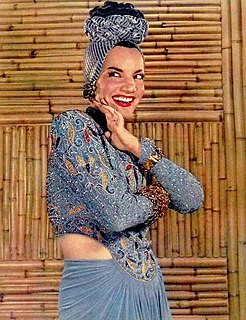
Carmen Miranda, was a Portuguese-born Brazilian samba singer, dancer, Broadway actress and film star who was active from the 1930s onwards. Nicknamed "The Brazilian Bombshell", Miranda is known for her signature fruit hat outfit that she wore in her American films. As a young woman, she designed hats in a boutique before making her first recordings with composer Josué de Barros in 1929. Miranda's 1930 recording of "Taí ", written by Joubert de Carvalho, catapulted her to stardom in Brazil as the foremost interpreter of samba.

Joaquim Maria Machado de Assis, often known by his surnames as Machado de Assis, Machado, or Bruxo do Cosme Velho, was a pioneer Brazilian novelist, poet, playwright and short story writer, widely regarded as the greatest writer of Brazilian literature. Nevertheless, Assis did not achieve widespread popularity outside Brazil during his lifetime. In 1897 he founded and became the first President of the Brazilian Academy of Letters. He was multilingual, having taught himself French, English, German and Greek in later life.
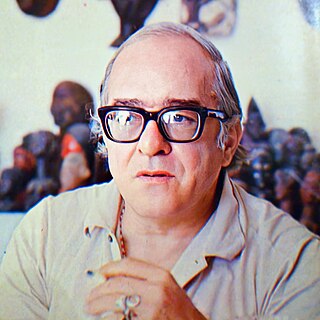
Marcus Vinícius da Cruz e Mello Moraes, also known as Vinícius de Moraes and nicknamed O Poetinha, was a Brazilian poet, lyricist, essayist, and playwright. Along with frequent collaborator Antônio Carlos Jobim, his lyrics and compositions were part of the birth of bossa nova music. He recorded several albums and also served as a diplomat.
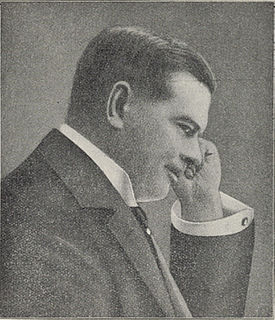
Charles Urban was an Anglo-American film producer and distributor, and one of the most significant figures in British cinema before the First World War. He was a pioneer of the documentary, educational, propaganda and scientific film, as well as being the producer of the world's first successful motion picture colour system.

Nelson Pereira dos Santos was a Brazilian film director. He directed films such as Vidas Secas, based on the book with the same name by Brazilian writer Graciliano Ramos.

Brazilian cinema was introduced early in the 20th century but took some time to consolidate itself as a popular form of entertainment. The film industry of Brazil has gone through periods of ups and downs, a reflection of its dependency on state funding and incentives.

Selton Figueiredo Mello is a Brazilian actor and director. Since his childhood, he acted on TV shows. Now he works on TV, movies and theater. Throughout his career, he developed a strong and solid experience in cinema, producing and directing movies and videoclips, and being publicly and critically acclaimed for it. The actor hosted Tarja Preta, a TV show about culture and independent movies, from 2004 until 2008.
Latin American cinema refers collectively to the film output and film industries of Latin America. Latin American film is both rich and diverse, but the main centers of production have been Argentina, Brazil and Mexico. Latin American cinema flourished after the introduction of sound, which added a linguistic barrier to the export of Hollywood film south of the border.
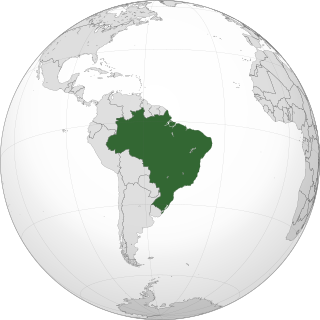
The history of the Jews in Brazil is a rather long and complex one, as it stretches from the very beginning of the European settlement in the new continent. Although only baptized Christians were subject to the Inquisition, Jews started settling in Brazil when the Inquisition reached Portugal, in the 16th century. They arrived in Brazil during the period of Dutch rule, setting up in Recife the first synagogue in the Americas, the Kahal Zur Israel Synagogue, as early as 1636. Most of those Jews were Sephardic Jews who had fled the Inquisition in Spain and Portugal to the religious freedom of the Netherlands.
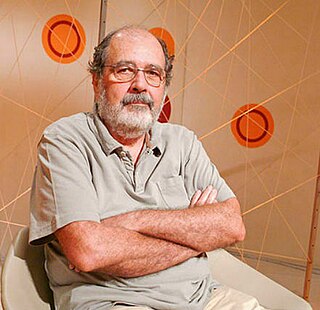
Carlos Diegues, also known as Cacá Diegues, is a Brazilian film director. He was born in Maceió, Alagoas, and is best known as a member of the Cinema Novo movement. He is popularly known for his unconventional, yet intriguing film techniques among other film producers of the Cinema Novo movement. Diegues is also widely known for his dynamic use visuals, ideas, plots, themes, and other cinematic techniques. He incorporated many musical acts in his film as he favored musical pieces to be complementary of his ideas. Diegues remains very popular and is regarded as one of the most cinematic producers of his generation. Of the Cinema Novo directors, he would go on to produce films, plays, musicals and other forms of entertainment in Brazil.

The Gustavo Capanema Palace, also known architecturally as the Ministry of Education and Health Building, is a government office building in the Centro district of Rio de Janeiro, Brazil. As the first modernist project in Brazil, it is historically important to the architectural development of Modernism in Brazil and has been placed on Brazil's UNESCO tentative list.
Affonso Henrique Beato is a Brazilian cinematographer. He has served as the President of the Brazilian Society of Cinematographers, receiving a Lifetime Achievement Award in 2013. He is also a member of the American Society of Cinematographers. In 2017, he became a member of The Academy of Motion Picture Arts and Sciences.

Inabata Katsutaro was a Japanese industrialist and film pioneer.

Marius Ely Joseph Sestier was a French cinematographer. Sestier was best known for his work in Australia, where he shot some of the country's first films.

Ganga Bruta is a 1933 Brazilian drama film directed by Humberto Mauro. Starring Durval Bellini and Déa Selva, it follows a man who, after killing his wife on their wedding night, moves to a city where he becomes part of a love triangle. It was produced between 1931 and 1932 for Adhemar Gonzaga at his studio Cinédia.

Banana da Terra is a 1939 Brazilian musical film directed by Ruy Costa and written by Braguinha and Mário Lago. The film stars Carmen Miranda, Dircinha Batista and Aloysio de Oliveira. It was Miranda's last film in Brazil, before she moved to Hollywood.

Events in the year 1955 in Brazil.
Raul Roulien was a Brazilian actor, singer, screenwriter and film director. He is widely considered the first male Brazilian star in Hollywood.

Eva Nil, born Eva Comello, was an Egyptian-born Brazilian film actress.

Affonso Arinos de Mello Franco (1930-2020) was a Brazilian diplomat and journalist. He was born in Belo Horizonte on November 11, 1930. His parents were Affonso Arinos de Mello Franco and Anna Guilhermina Pereira de Mello Franco. He was grandnephew of Afonso Arinos.

















